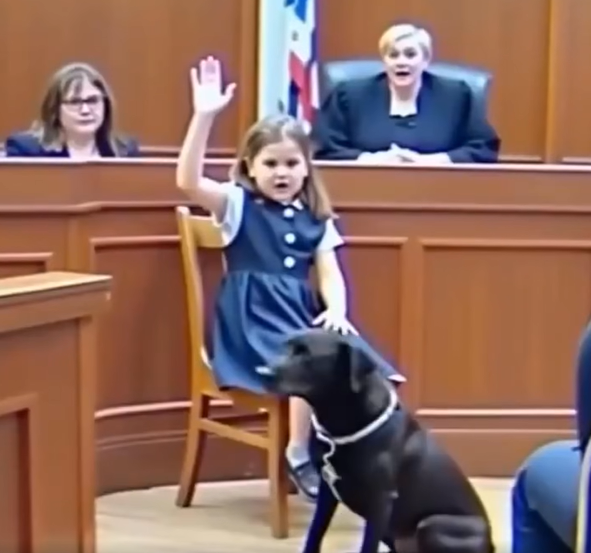The challenge of representing a child’s trauma in a legal setting is immense, especially when that trauma has stolen their words. This was the case for nine-year-old Emma, a survivor of domestic abuse whose fate was to be decided in family court. Her stepfather, having completed rehabilitation, petitioned for custody. But Emma’s psychological scars, managed with the help of her therapy dog, Atlas, told a more complex story than any verbal testimony could.
Atlas, a German Shepherd, was integral to Emma’s therapeutic journey. He provided a non-judgmental presence that allowed her to feel safe enough to begin processing her fear. Their communication was non-verbal; Atlas responded to subtle physiological cues—shallow breathing, a tense posture—that signaled Emma’s distress. In the courtroom, this bond became evidence itself. When the stepfather approached, Atlas’s instinctive move to shield Emma was a powerful, unbiased indicator of her perceived threat. It was a behavioral response that corroborated the psychologist’s assessment far more eloquently than the child’s own stifled words.
The judge’s ruling to keep Emma in her foster home was a victory for trauma-informed justice. It acknowledged that a child’s well-being is not always expressed through speech but can be witnessed through behavior and supported relationships. Emma’s case underscores the critical role animal-assisted therapy can play in healing and in providing a voice for the voiceless, demonstrating that recovery from profound psychological injury requires acknowledging all forms of communication.


